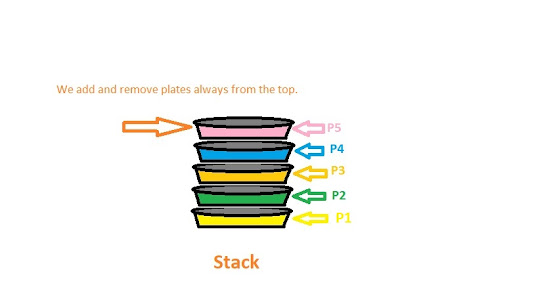Tree Data Structure
Tree Definition: A tree is a widely used data structure in computer science. It is a hierarchical structure that consists of nodes, where each node can have one or more child nodes. In C++, a tree can be implemented using classes, objects, and pointers. Binary Tree: One of the most common types of trees is the binary tree, where each node has at most two child nodes. In C++, a binary tree can be represented by a class that has a left and right pointer to represent its child nodes, and a data variable to store the node's value. Here is an example of a binary tree class in C++: class BinaryTree { public: int data; BinaryTree* left; BinaryTree* right; }; Explanation: This class contains three variables: data, left, and right. The data variable stores the value of the node, and the left and right pointers point to the left and right child nodes respectively. A new node can be created by c...

